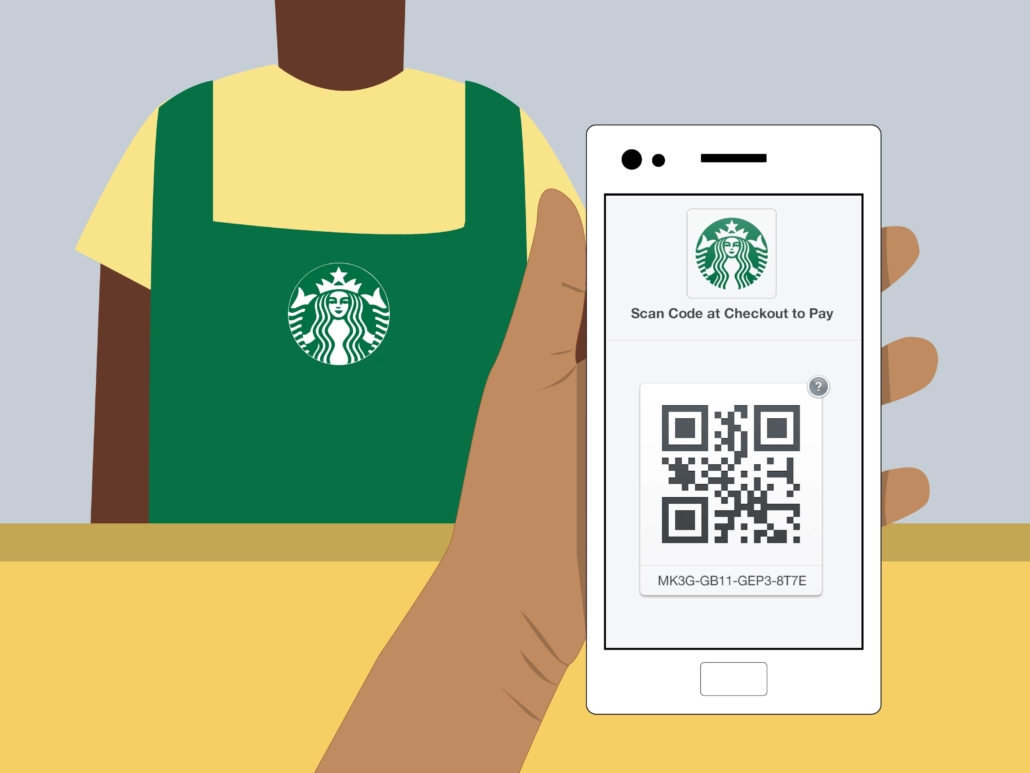Content Tips to Improve Your SEO
We’ve all heard the myths. You need to trick the Google algorithm if you want to rank well in search results, or your content has to be so keyword-heavy that it’s almost unreadable.
But here’s the truth: All you need is a solid plan, and that starts with understanding what Google is actually looking for when it comes to ranking content.
Check out our tips to create high performing content that can also help improve your search rankings.
Keyword Research
If you want to reach your target audience, you need to know what they’re looking for.
The first step is to identify your main keyword, which will be the focus of your content. Then, add 5-10 additional keywords that are related to your primary keyword and represent variations of it. For example, if your main keyword is “movies,” you might also include “cinema” and “film.”
Next, think about how people might search for this topic online—what questions would they ask? Then, use those questions as secondary keyword targets. You can also consider synonyms and related terms as additional keywords.
Finally, look at the search volume of each keyword (the number of times people have searched for it over time) and its difficulty level (how many other sites are competing for that same term). The sweet spot is high search volume with low difficulty—when you find this combination of words, it will give you a leg up on other companies who haven’t incorporated them into their content strategy yet!
Structure Content
When writing online content, it’s important to think about how you structure your writing. This will help ensure that your readers can easily read and understand your content, which is key if you want them to stay on your site and engage with you.
It’s also important to remember that people come from all different backgrounds and may not have the same knowledge base as you do. Therefore, it’s important to make sure you don’t use technical language or jargon that could confuse them.
Here are some tips you can use as a guideline to structuring your content:
- Only discussing one topic per paragraph.
- Avoiding lengthy sentences.
- Highlighting main ideas by bolding, italicizing or changing fonts.
- Include bulleted or numbered lists.
Align Visuals with Content
Visuals have been shown to improve readers’ comprehension of the content they’re reading. When including visuals, be sure to optimize their size, names and Alt tags. These practices will ensure quicker page load times, make your content unique, more descriptive and more engaging for your reader.
Visuals like images, videos, infographics, checklists, templates, etc. break up your content and allow readers to digest content quicker than text alone. A visual break in content can also help you keep readers engaged with your writing by giving them a break from reading blocks of text.
Here are some tips for using visuals in your content:
1. Use images that are relevant to the topic at hand.
2. Optimize your images by making them smaller in file size and optimizing their file type (png vs jpeg).
3. Name your image files descriptively so people can find what they’re looking for easily in search engines.
4. Include Alt tags on all of your images so people who use screen readers can still access the contents of those images without having to open them in separate windows or tabs first
More from Onimod Global
If you’re looking to get your content creation efforts up to speed, you need the right digital marketing strategy.
At Onimod Global, we offer digital marketing strategies that will take your content creation efforts to the next level. We assist in creating visual identity and marketing materials that will help you stand out from the crowd and make sure you’re seen by your target audience.
Whether you’re a small business or global enterprise, we’ll work with you to make sure your brand represents who you are as a company and where you want to go next. Contact us today to get started!



